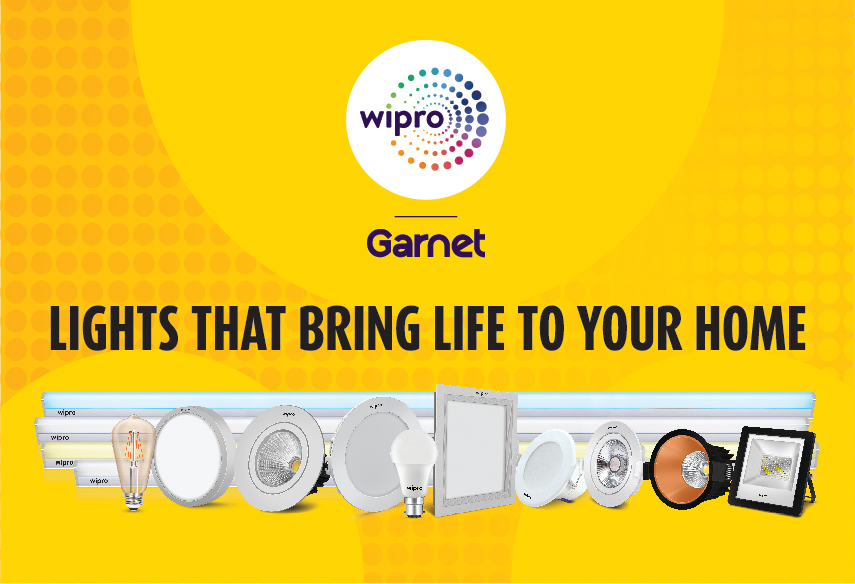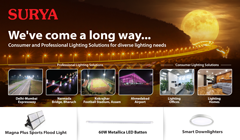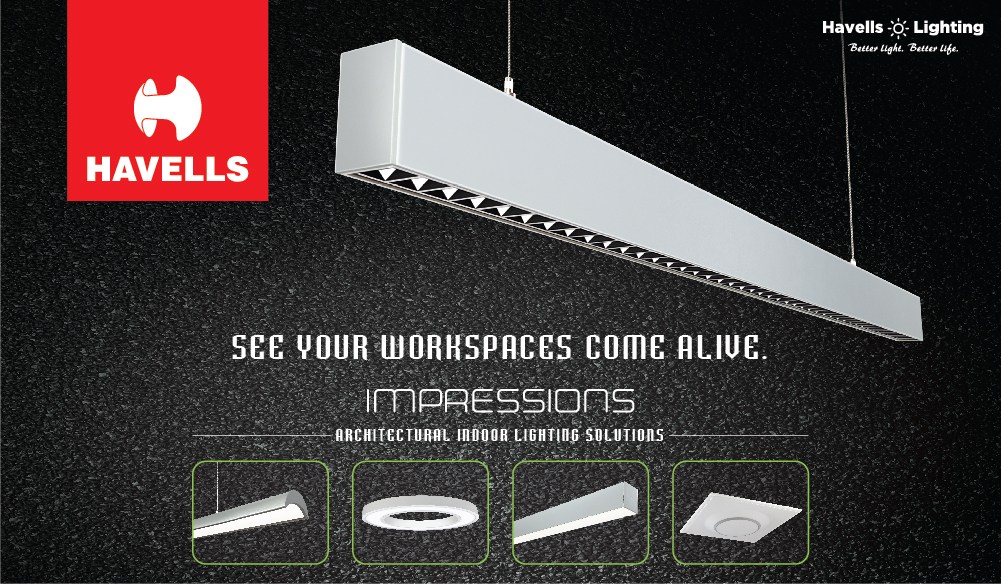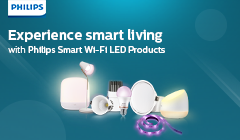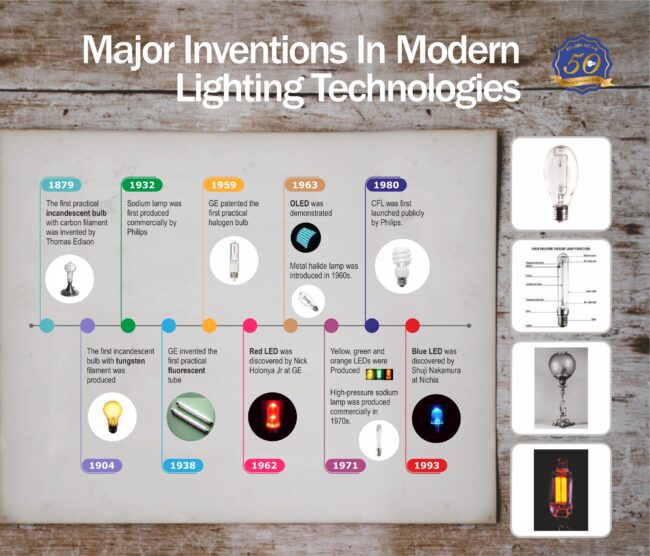
| 1808 | CARBON ARC LAMP. |
| 1906 | High Pressure Mercury Discharge Lamp. |
| 1910 | Drawn Tungsten Filament Lamp. |
| 1923 | Low Pressure Mercury Discharge Lamp. |
| 1924 | Gas fitted incandescent Lamp. |
| 1933 | Fluorescent Discharge Lamp. |
After years of research and development, the lighting industry has been able to provide the world with light sources that have higher efficiencies, better colour rendering and larger capacities to save energy in the most cost-effective manner.
The improvement in electric light source will continue to be a challenge for scientists of all disciplines, as they strive to achieve the highest possible efficiency of 683 lumens per watt in light sources, of which only about 200 lumens per watt can be produced today.
Lighting Industry in India
The seven decades of the lighting industry in India has been a period of transition and growth. Its development from the status of an importer of finished products to assembling components and finally to a largely indigenous and self sufficient producer of lighting systems has been a gradual and revolutionary process, producing today General Service Lamps, Fluorescent Tubes, High Intensity Discharge Lamps, Halogen Dichroic and Compact Fluorescent Lamps.
The emphasis on the power sector and its phenomenal growth and distribution laid the foundation for the lighting industry in India. In the sixties, serious foreign exchange problem in the country encouraged production of vital lamp components in India. In the nineties, the government liberalisation policies saw international players in the lighting field participate actively in the Indian market as well as in exports.
Keeping in mind the massive rural electrification programme and the emergence of strong middle class, a demand explosion both in quantity and types is likely to occur in near future with emphasis on energy saving light sources.
Lack of economies of scale coupled with high input costs of raw material and components result in uncompetitive prices impeding export efforts. The trend has however started changing with companies paying serious attention to bettering organisational efficiencies and participating competitively in the vast international market for lamps as well as components.
There has been effective widening of locally produced range of lamps along with serious advent of electronics in lighting thereby supplying better, more efficient and cheaper lighting system with improved aesthetics. The future of the industry envisages immense prospects of growth and development for technologically advanced and cost effective organisation.
Miniaturisation, electronic circuitry, newer chemicals, better luminaires are all providing the world with products of larger light output at minimum cost helping energy conservation.
LED Lighting , Intelligent Lighting, IoT are the recent innovations that are not only going to provide best performance but also more energy saving products. Another futuristic technology is LiFi that is going to change complete Lighting and Electronic technology.


